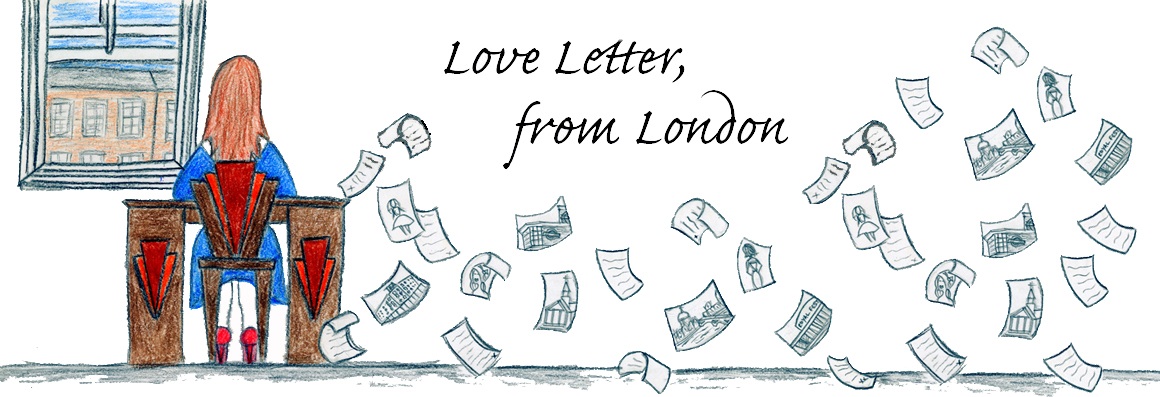One of the useful sources for researching a particular type of building (big, old, grand country houses and castles, namely) is Country Life magazine. It's been published since 1897 and every issue is on the shelves at the wonderful RIBA Library in Portland Place.
Whenever I'm looking up an architectural article in Country Life, I always have to flip back to check out the "Page Three Girl", as I like to refer to them (or otherwise sometimes referred to as the "Girls in Pearls"). Every issue has a society lady on the frontispiece, often when she is getting married or engaged or coming out (in the debutante sense of the phrase, naturally...). The whole thing just makes me chuckle, but is also a great record of changing fashions and styles.
 |
April 10, 1942: The Hon. Mrs. Ronald Strutt
The wife of Captain the Hon. Ronald Strutt, Coldstream Guards, the elder son of Lord
Belper and the Countess of Rosebery, is the younger daughter of the late Sir Harry
Stapleton Mainwaring and Lady Mainwaring, and before her marriage nursed with the
Red Cross. Captain and Mrs. Strutt have a little son, born last year. |
When I was at the RIBA one weekend months and months ago, researching my thesis, I took copies of a few of the ladies to share on here. In addition to looking in the volumes I had out for my research, I wanted to go right back to the start to see where it all began. I discovered that the first few issues actually had male Heads of State and royalty and such like. Obviously, this didn't titillate the readers enough, so they were quickly substituted for our first society ladies making an appearance.
 |
| March 6, 1897: Lady Terence Blackwood |
Almost 60 years later, the gown is nearly as resplendent, but the neck is devoid of jewels, the hair cut short, the hands gloveless and the woman unmarried. Tut, tut...
 |
October 6, 1955: Miss Priscilla Gurney
Miss Priscilla Gurney is the eldest daughter of Mr. and Mrs. John Gurney, of
Walsingham Abbey,Norfolk |
But what have we here? As I cropped the image of the lovely lady below for posting, I noticed the name of the photographer in the bottom corner. Yes, it's none other than Madam Yevonde, about whom I wrote
a post last year. So, after the decadence of dressing 1930s society ladies as Greek goddesses, she undertook the tame pursuit of photographing demure young women for
Country Life magazine. I wonder what Miss Bridgeman would have looked like dressed as an Amazonian Queen or Medusa...
 |
August 18, 1955: Miss Tessa Bridgeman
Miss Tessa Bridgeman is a daughter of Hon, Maurice and Mrs. Bridgeman of Milhanger,
Thursley, Surrey, and a niece of Viscount Bridgeman |
One day, I would love to spend hours just leafing through back issues of
Country Life and looking at all the Page Three Girls. I wonder when we first saw a skirt above the knee? Or trousers? Or when we first found out the woman's university qualifications? Or when they started having "male" jobs? I can't help but think that some delay was experienced before most benchmarks of female emancipation found their way into the pages of
Country Life.
In fact, it would be quite fascinating to trace the development of the Girls in Pearls. And I can think of worse places than the beautiful, timber-finished 1930s library of the RIBA to spend a wintery Saturday. Perhaps I will be back with more ladies for you shortly...



















































